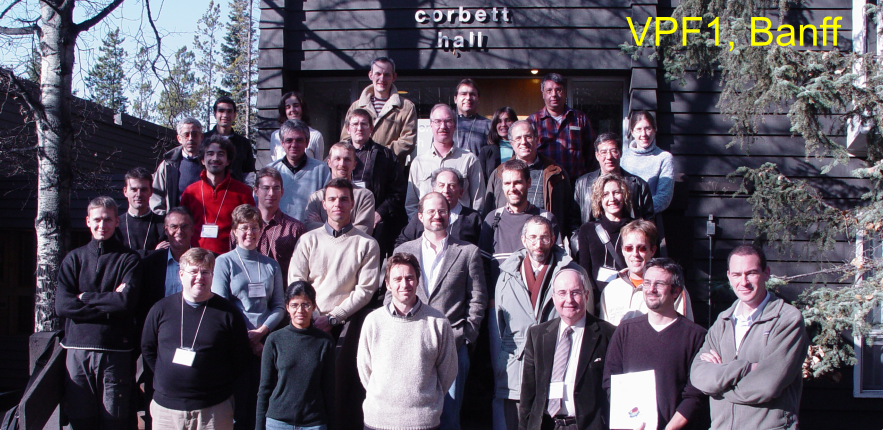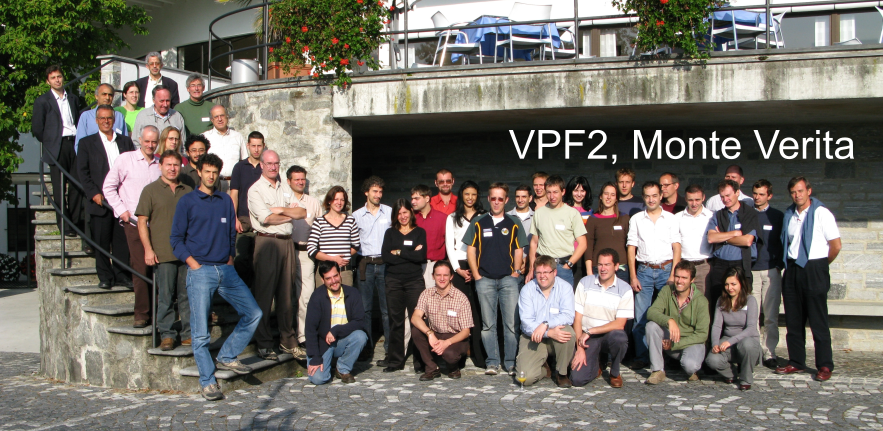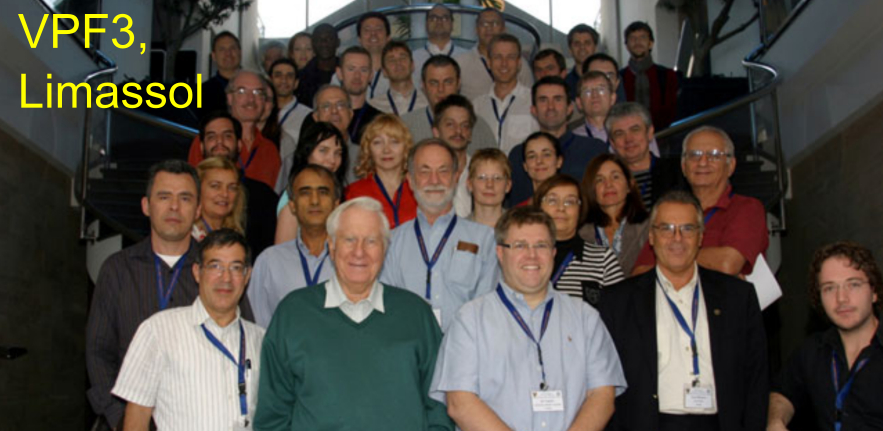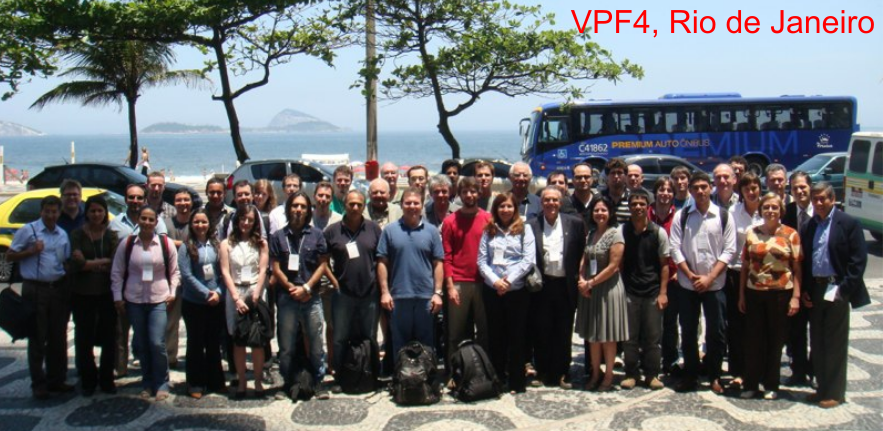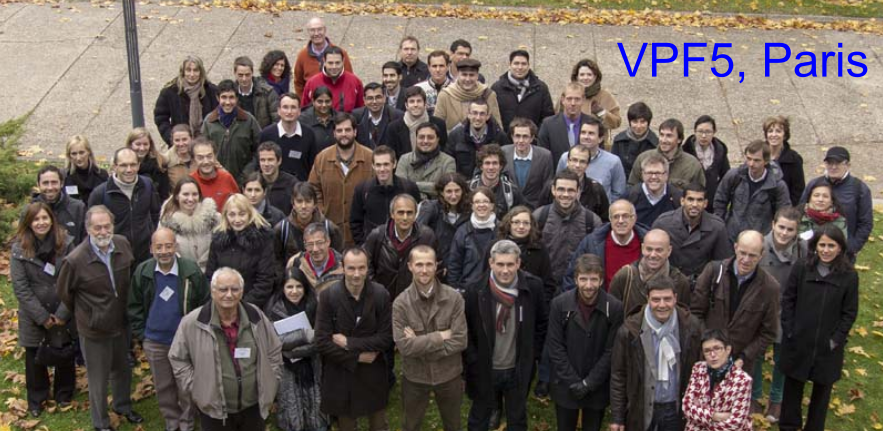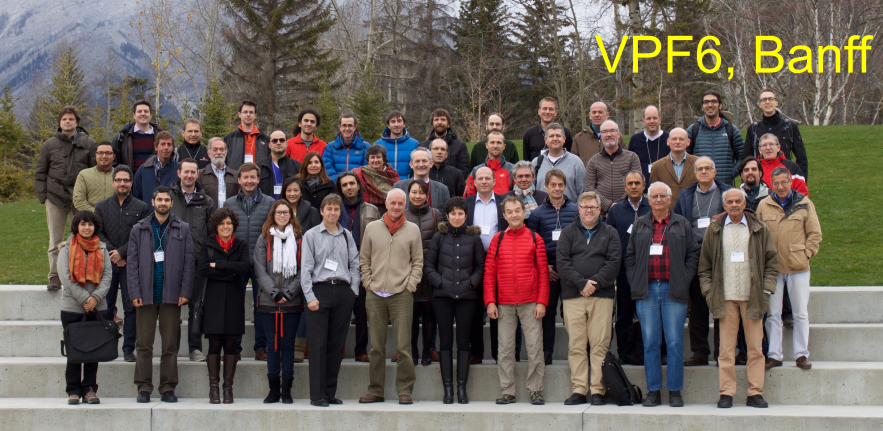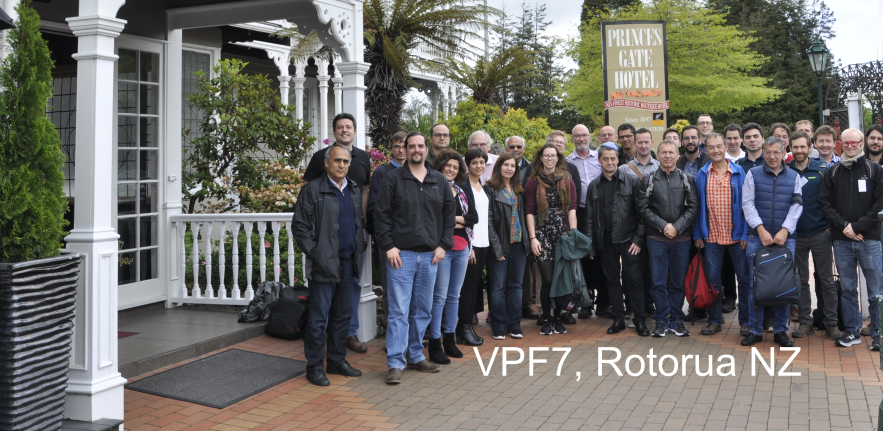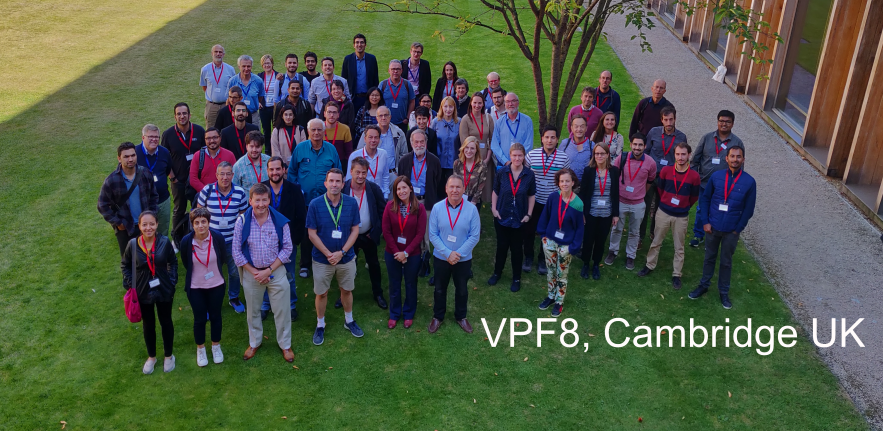Visco-plastic materials are fluids that exhibit a yield stress: below a certain critical shear stress there is no deformation of the fluid and it behaves like a rigid solid, but when that yield value is exceeded, the material flows like a fluid. Practically, such flow behaviour appears in many situations, including slurries and suspensions, certain polymer solutions, crystallizing lavas, muds and clays, heavy oils, avalanches, cosmetic creams, hair gel, liquid chocolate, and some pastes. Consequently, the theory of the fluid mechanics of such materials has applications in wide array of different fields, ranging from the oil, gas and chemical industries, to food processing and to geophysical fluid dynamics.
Viscoplastic flow behaviour was first modelled by Eugene Bingham in 1922. In the 1940s, Oldroyd placed these models into the general framework of continuum mechanics. In the first half of the twentieth century, models such as the Bingham fluid appeared routinely in continuum mechanics texts and many of the simple classical solutions were documented. The first variational principles were due to Prager (1954) and by the mid 1960s the first general results on existence and uniqueness of weak solutions were derived by Mosolov & Miasnikov (1965). These were later extended and put in a modern setting by Duvaut & Lions (1976) and Glowinski (1983). Also in the late 1970s/early 1980s, the first general numerical methods were proposed for these fluids: see Fortin & Glowinski (1976); Bercovier & Engelman (1980).
Since the early 1980s there has been a growing interest and activity in viscoplastic fluids, motivated partly by mathematical advances, partly by computational challenges, partly by rheological advances and partly by an enormous growth in the range of application areas. Over 20 years it became apparent that there was a growing gap between the theoretically driven and application driven advances, with computation and rheology lying somewhere in between. In 2005 the Banff International Research Station (BIRS) hosted a timely workshop: Viscoplastic Fluids from Theory to Application, which attempted to bridge this gap and build a more coherent scientific community addressing the development of this subject.
Since the seminal BIRS meeting in 2005, similar workshops titled Viscoplastic Fluids from Theory to Application have been held biennially (Monte Verita 2007, Cyprus 2009, Rio de Janeiro 2011, Rueil Malmaison 2013). The format of these workshops has kept to a BIRS style (4-5 days, single session, with plenty of discussion) and these have served to move the field forward in a more cohesive direction. As well as commonality, the workshops have each had a distinct focus: mathematics (2005), geophysical applications (2007), industrial (2009), oil and gas (2011), interdisciplinary applications (2013).
Each workshop has been followed by publication of a special issue in one of the key journals on non-Newtonian fluid mechanics/rheology. In the past 10 years we have also seen special sessions on viscoplastic fluids organised at all the main international rheology meetings and a general resurgence of the subject.
In terms of the technical status of the field, the past couple of decades has seen many new developments. Analytical methods continue to be developed and applied to problems where asymptotic solutions are feasible and to many special situations. Variational methods are frequently used to develop bounds on physical properties or flow stability. There is ongoing investigation of the limits of yielding in 2/3D flows, and attempts to recast these problems geometrically. Other classical problems of fluid mechanics have been explored in their viscoplastic analogue. Multi-phase flows (bubbles, drops and particles) have been a key growth area. We are beginning to develop understanding of non-Newtonian suspension flows. Industrial and geophysical applications have yielded a surprising amount of good theoretical analysis as well as modelling challenges.
Computationally, regularization methods and augmented Lagrangian techniques remain the main workhorses of the field, being implemented with both finite difference and finite element methods. However, we have also seen development of 'meshless' methods such as lattice Boltzmann and SPH. There has been steady evolution of the classical numerical methods, but also we have had newer constitutive/mechanical models developed that present new challenges.
On the rheometrical front, the same period has seen steady improvements in the precision of rotational rheometers and significant developments in extensional and interfacial rheometry. Together these have allowed exploration of the low-shear range of viscoplastic fluids and a better empirical understanding of yielding. This has led to increased complexity in the type of model that is now being considered: thixotropy, shear-banding, elastic creep all join the menu of exotic behaviours observed in real materials below the yield stress. At flow boundaries there is increased interest in wall slip. Models for some of these are still in developmental stages. Other areas, such as suspensions and granular flows also give rise to viscoplastic phenomena (i.e. mathematically analogous), and applications always extend the range of material behaviour found relevant in different situations, e.g. weakly compressible flows and elasto-plastic theories, electro- and magneto-rheological fluids.
In short this is a vibrant area of interdisciplinary science, requiring sophisticated mathematical understanding in order to analyse relevant problems and expanding rapidly.
A key objective of the meetings are to provide a forum that allows a meeting of the leading scientists, engineers and mathematicians in the diverse range of fields that contribute to viscoplastic fluids. For example, large numbers of mathematicians and fluid mechanicians typically do not attend the key rheology and geophysics meetings (e.g. Society of Rheology and AGU annual meetings) where many practical problems are discussed, nor do mathematicians and engineers participate in fluid dynamics conferences and workshops (e.g. APS division of fluid dynamics annual meeting). Rigorous mathematical results might only be presented at forums focused on PDE theory (e.g. AMS) where the theorems can be appreciated for their technique and power, but where few engineers venture!
As with all workshops in this series, started in 2005 at BIRS, there is a broad and lively discussion of all the theoretical developments, analytical and computational methodologies, new and existing applications, and growth in rheological understanding and modelling. We aim to draw together mathematicians working on more abstract viscoplastic flow problems with engineers, rheologists and geophysicists who are dealing with such materials from a practical standpoint, and with fluid mechanicians researching flow problems using analytical and computational tools. In addition we hope to collectively set broad disciplinary goals for the next 10 years, by picking out key areas for development and open problems.
The emerging trends that challenge the community include:
- Analysis and computation related to new rheological models and material behaviours:
a) Thixotropy, elasticity and shear-banding phenomena in viscoplastic models at low shear
b) Wall slip with gels and similar yield phenomena
c) Weak and strong compressibility: from waxy oils to ballistics
d) Inertial granular flows
- Multiphase and multi-fluid flows:
a) Bubbles, drops & particles, individual and coupled systems
b) Onset of motion and stability
c) Computational methods and advances
d) Theoretical and computational rheology of suspensions and foams
e) Multi-fluid systems: displacement flows and stratification
- Exotic fluids and applications:
a) Electro-rheolological and magneto-rheological fluids: rheological models
b) Thermally sensitive fluids and applications
c) Earthworms, flagella, snails and mucus – unsolved problems in living systems
d) Earthquakes, avalanches and mudslides
- Computation of yield limits and surfaces:
a) Yielding and stopping of thin film flows
b) Geometrical methods and algorithms
c) Static regions in machinery and mixers
d) Classical problems


